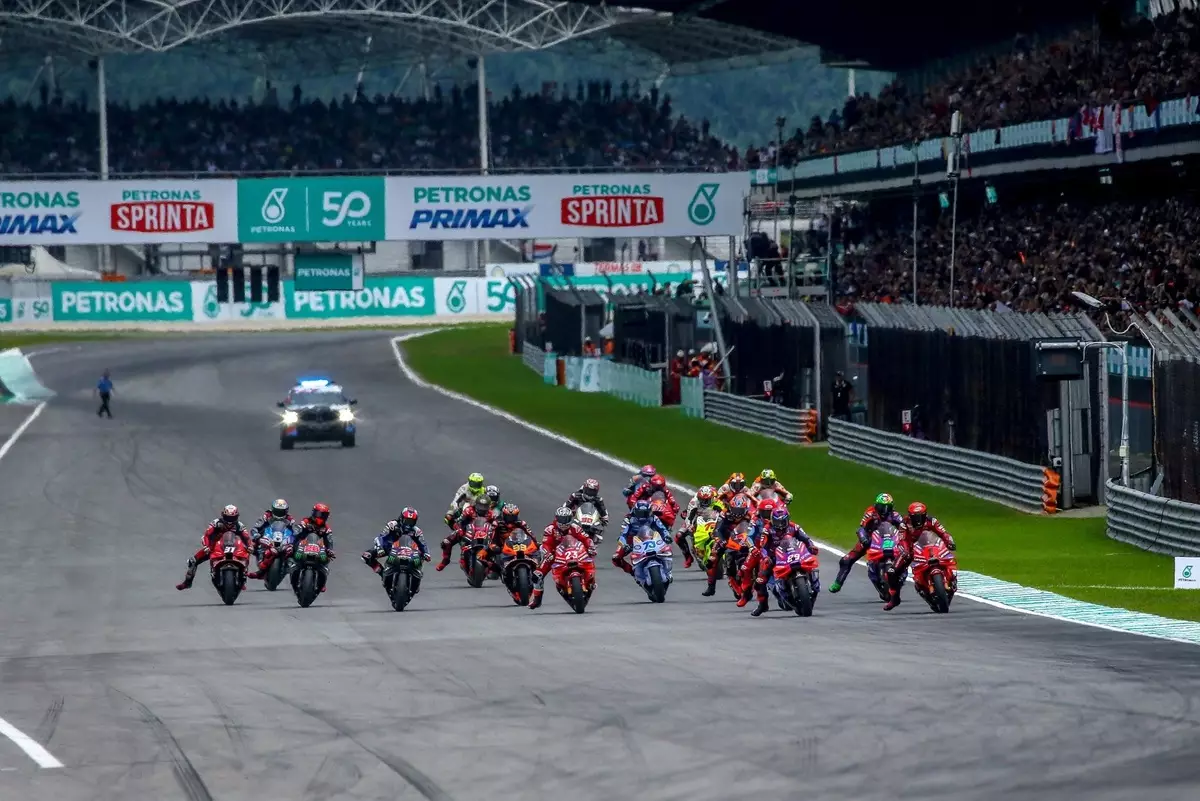The MotoGP series has always drawn attention for its thrilling races, monumental rivalries, and dramatic weekend formats. The latest shake-up in the series occurred at the onset of the 2023 season, with the introduction of sprint races. While many fans celebrate this move as a step forward, a closer examination reveals significant concerns regarding its impact on the overall scheduling and structure of the championship. This article delves into these issues and explores proposals designed to optimize the racing experience for teams, riders, and fans alike.
The intent behind introducing sprint races was to create more excitement and opportunities for both drivers and spectators. However, this change has not come without its criticisms. Many have pointed out that the weekend format has become overly demanding for teams and riders who now face packed schedules filled with intense sessions that contribute to pressure and fatigue. The traditional cycle of practice, qualifying, and racing that previously allowed teams to develop and refine their strategies has now morphed into a more frantic environment.
Former KTM team manager Francesco Guidotti recently expressed concerns regarding the ramifications of this new format, particularly on the relevance of qualifying. He noted that since the sprint race takes precedence shortly after qualifying, it detracts from the importance of the latter. Rather than basking in the spotlight for an extended period, qualifying has become nearly an afterthought, losing its once-high stakes. For riders and teams, this shift may undermine the preparation and overall strategy that qualifying could previously foster.
Guidotti’s proposal to revamp the qualifying structure raises compelling points that deserve attention. He suggested that the results from the sprint race should dictate the starting grid for the main event, allowing for a smoother transition between race formats. This approach mirrors the system found in World Superbike Championship, where Sprint results shape the starting line-up for a subsequent race.
By consolidating qualifying into a combined session spanning Friday and Saturday, riders would have the chance to refine their performances over a longer period. This would also alleviate the stress and exhaustion associated with the current back-to-back schedule of Q1, Q2, and the sprint race—a setup that many have found demanding. If the stakes of qualifying could be elevated through a more strategic use of sprint outcomes, the narratives surrounding race weekends would shift back to focusing on the broader gain from qualifying rather than a fleeting two-hour window.
The implications of these developments stretch beyond the riders and teams and influence how media and fans engage with the series. In recent years, the media spotlight has increasingly shifted towards sprint races at the expense of qualifying sessions. With this recalibrated focus, the thrilling narratives that made qualifying a significant aspect of the weekend have been overshadowed.
Guidotti rightly raises the point that qualifying, despite being more critical for riders aiming to secure optimal starting places, risks losing relevance as it is relegated to a preparatory stage before the excitement of the sprint. This shift is particularly alarming considering the impact it has on audience engagement. For devoted fans, the evolving narrative and strategy leading to a grand prix’s starting grid have now been diluted because sprint races have abruptly taken center stage.
Another dimension of the discussion involves the implications of the sprint race’s current format on riders outside the top nine positions. The reality is that for those who find themselves further back in the pack, the incentive to push aggressively during the sprint is diminished. As Guidotti pointed out, finishing just a few positions higher—say between P12 and P15—carries little significance when starting positions for the main event remain unaffected.
If sprint results were tied to the grand prix starting line-up, the incentive to compete aggressively would significantly increase. Riders would not only be engaging in a fierce battle for points and glory but would also reinforce a more competitive spirit where each position on the track holds substantial weight in determining their fate for the primary race.
Reflecting on the current landscape of MotoGP, it becomes evident that the introduction of sprint races has stirred mixed sentiments. While the format does create excitement, it has also led to a myriad of challenges threatening the weekend’s traditional rhythm. Guidotti’s suggestions for reforms offer a pathway toward a more balanced approach that emphasizes the importance of qualifying, bolsters audience engagement, and enhances the competitive stakes for all riders. As MotoGP continues to evolve, committing to such innovative ideas could facilitate a more captivating experience for teams, riders, and fans alike.


Leave a Reply